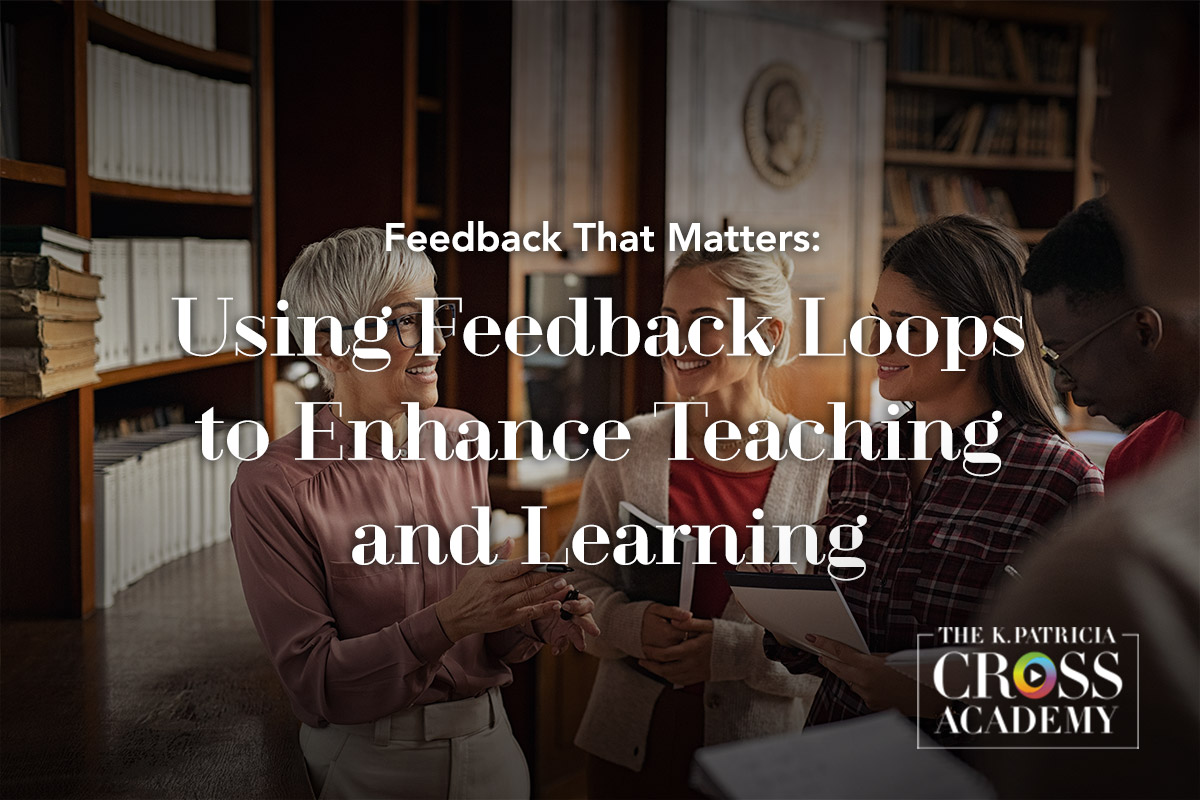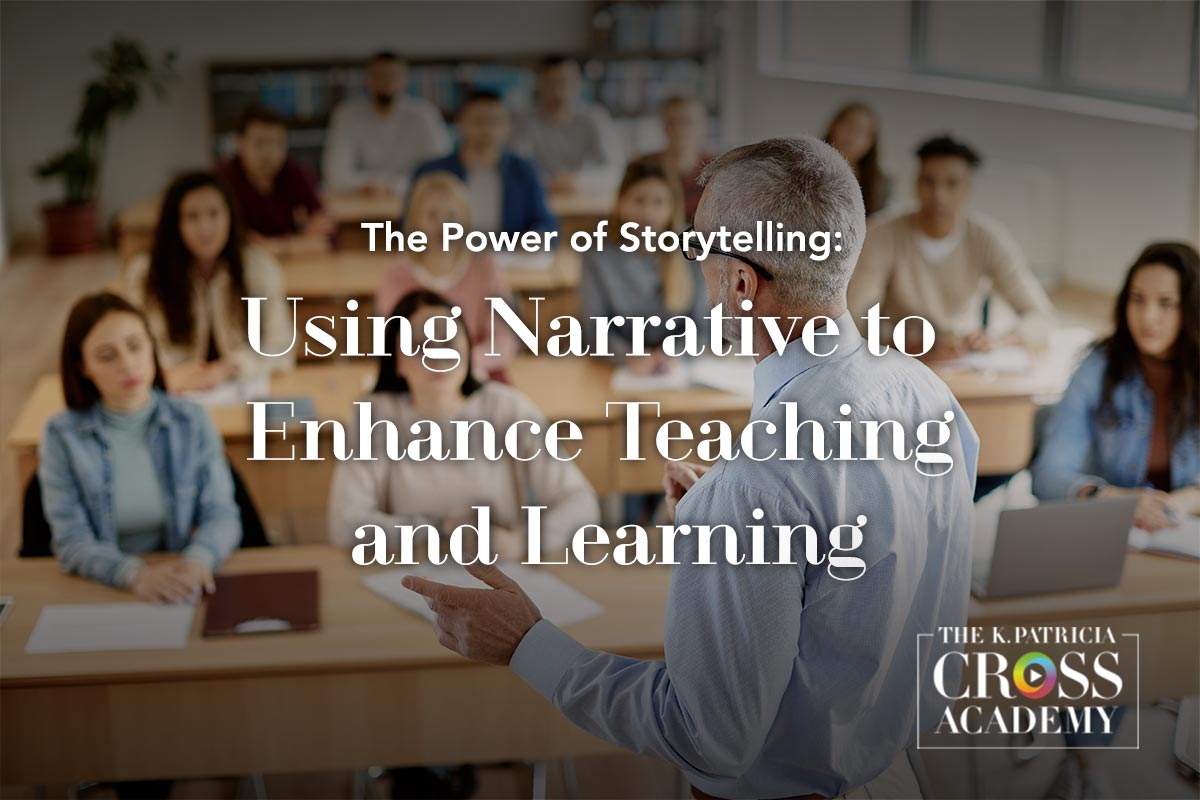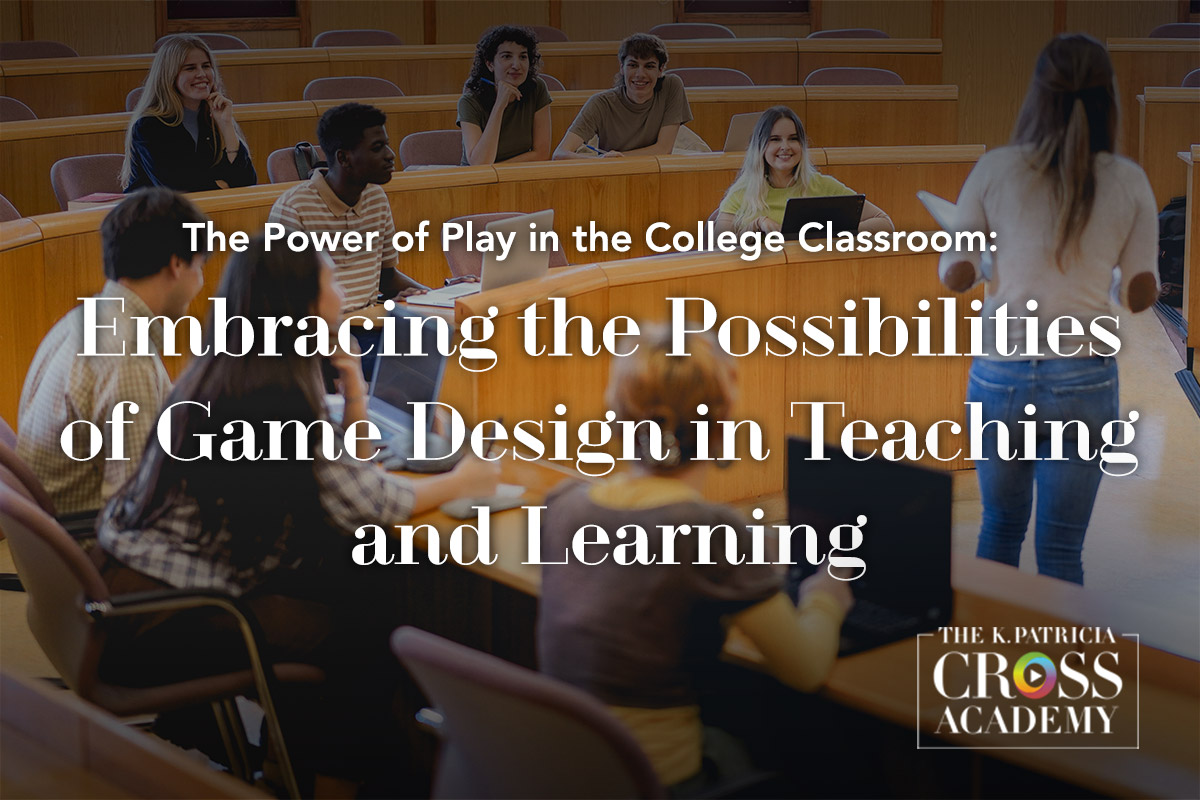
Introduction
Networked technologies have changed the way students approach learning. Advances in technology make learning at an individualized pace possible through digital tools, such as short videos, online games, podcasts, and mobile phone apps (Szymkowiak et al., 2021). The ability for students to meet their own niche learning needs has presented faculty with the challenge of adopting teaching strategies that offer comparable flexibility, personalization, and engagement within the structured environment of a traditional or online classroom. Microlearning, an approach to learning that offers information in short bursts of a few minutes, provides a potential solution to this issue. Students’ needs for personalized, on-demand learning may be met while allowing educators to maintain pedagogical structure and ensure measurable outcomes.

What is Microlearning?
Originating in workforce training and professional studies, a formal, fixed definition of microlearning has yet been universally accepted (Taylor & Hung, 2022). However, it is most clearly characterized by several key features (Zhang & West, 2020):
- Modular design
- Brief skills-based learning objectives
- Digital or multimedia-based
- Anytime tutorial format
The purpose of microlearning is to deliver content in digestible chunks. This approach is convenient for busy learners who use a variety of different networked devices to complete their studies.
Many different tools can be used to deliver microlearning, including YouTube videos, digital infographics, podcast episodes, or brief self-assessments. Incorporating diverse course content engages learners while helping them to retain the information they will need to meet course learning objectives.

The Theory Behind Microlearning
Microlearning finds its roots in cognitive science. Human memory retention is commonly understood through Cognitive Load Theory. This theory posits that the working memory can only process small pieces of information, or chunks, within a given period of time. Hence, overloading students with too much information at once can be counterproductive, as learners may not retain much of what they need to know to be successful on assessments (“Cognitive Load Theory,” 2022). To combat this issue, microlearning often involves presenting course content in repetitive, spaced segments, utilizing retrieval practices that support long-term memory retention. Learners improve their memory recall by having the opportunity to frequently revisit course content when they need it most, developing the schema that organize long-term memory (Gagné & Briggs, 1979; Taylor & Hung, 2022).
In addition to offering cognitive benefits, the just-in-time approach to learning offers the opportunity for learning to happen anywhere, anytime, or in any place (Brandenburg & Ellinger, 2003). Students have flexibility and the convenience of learning when and where they choose. As a result, they can engage with course content in the contexts that are most convenient or relevant to their own lives. Such characteristics may increase learner satisfaction, as they afford students the opportunity to take control of their own learning.
While the benefits of microlearning are promising, more research is needed to fully understand its long-term effect on learning and to formalize best practices for implementing microlearning into the classroom (Taylor & Hung, 2022). There are, however, several evidence-based approaches likely to improve microlearning experiences.
Best Practices for Designing Microlearning Experiences
Create Clear Learning Objectives
- Use Bloom’s Taxonomy (1956) to draft clear learning goals. Refer to the action verbs in the figure below to align each objective with appropriate assessment strategies. Using measurable learning objectives makes it easier to evaluate student progress accurately.

Create Short, Focused Learning Activities
- Create just-in-time active learning exercises that take approximately 5-10 minutes to complete. Think about how these short activities might “[present] the right knowledge at the right time” about a specific topic (Zhang & West, 2020; Wilkie, 2013).
- Reduce cognitive overload by creating learning sequences that focus on a single concept or skill. This approach reduces cognitive load by helping students understand what they should focus on learning.
Create Interactive Exercises
- Use multimedia tools such as Mentimeter, Padlet, and Kahoot to embed polls, quizzes, or reflection questions into lectures or class discussions. These tools encourage class participation and provide learners with the opportunity to check their understanding of course concepts in real time.
- Teach students how to engage in personal reflective practices by using social learning. Text-based discussions and video message boards are great tools for students’ reflection on what they’ve learned while discussing key concepts with their peers.
Think Carefully About When to Use Multimedia
- Follow Mayer’s Principles of Multimedia Learning (2001) to avoid cognitive overload. Use multimedia intentionally and only incorporate visuals that directly support and reinforce key concepts.

- Avoid redundant on-screen text by pairing audio narration with visuals.
Prioritize Accessibility
- Use the principles of Universal Design for Learning (UDL) to ensure course content is accessible to all learners. Add alt-text to images, provide closed captioning for all videos, and check to ensure learning materials are clear and legible on a variety of networked devices, including cell phones and tablets.
- Choose readable fonts and bold or italic print to call attention to important text-based elements instead of colored font. Applying this principle of UDL reduces cognitive load for everyone, including learners with visual impairments.
How to Get Started Without Getting Overwhelmed: Avoiding Common Issues with Microlearning
It might feel intimidating to begin incorporating principles of microlearning into your course, especially if you need to communicate a considerable amount of information to students in a short period of time. While it may be tempting to turn microlearning activities into mini lectures by overloading too much course content into one learning segment, this approach is almost always ineffective. Resist the urge by carefully reviewing the module-level objectives you have written, ensuring each element aligns with course-level outcomes. Omit any content or assessment that doesn’t seem to clearly correlate. Remember that you don’t have to create entirely new course material; you can get started by repurposing existing course content, such as breaking lectures or readings into smaller chunks. You can also use familiar tools like LMS quizzes, journals, and videos to provide students with quick formative assessments. Start small by incorporating microlearning in one module or unit. Review student feedback on microlearning activities to see which ones resonate with learners. Keep in mind that you can revise your approach as needed.
This list of teaching techniques from the K. Patricia Cross Academy Library can help you avoid common issues with microlearning by offering practical strategies for creating quick, focused activities that reinforce course outcomes without overwhelming students (or yourself!):
-
3-2-1
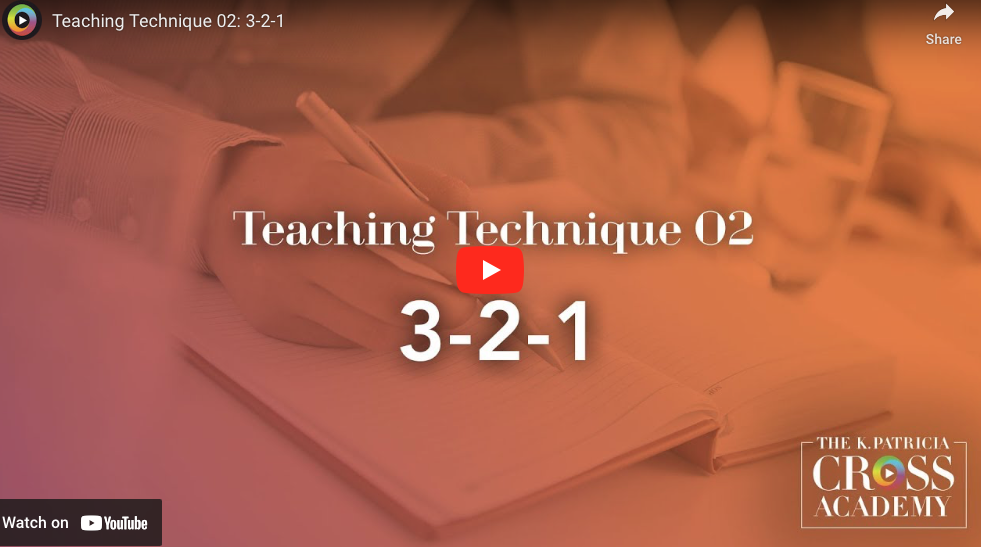
- This reflective technique fits perfectly at the end of a short learning segment (e.g., a 5–10 minute video, reading, or interactive module). After engaging with a single concept or skill, students complete a 3-2-1 reflection by writing 3 things they learned, 2 interesting points, and 1 question they still have. This activity encourages focused processing of the course content without overwhelming learners. It also provides instructors with quick, actionable insight into student understanding by addressing a common microlearning pitfall of neglecting to provide timely feedback to learners.
-
Lecture Wrapper

- A lecture wrapper can be used around a micro-lecture (a 5–7 minute instructional video or narrated slide deck). Before viewing, students are asked to write down what they expect to learn. Afterward, they summarize key points and compare their notes with the instructor’s summary. This exercise promotes metacognition and ensures students are focused on the intended learning outcomes. It helps to avoid poor alignment between content and course goals. This strategy also keeps the activity compact and purposeful, aligning well with microlearning’s emphasis on brief, targeted instruction.
-
Digital Story
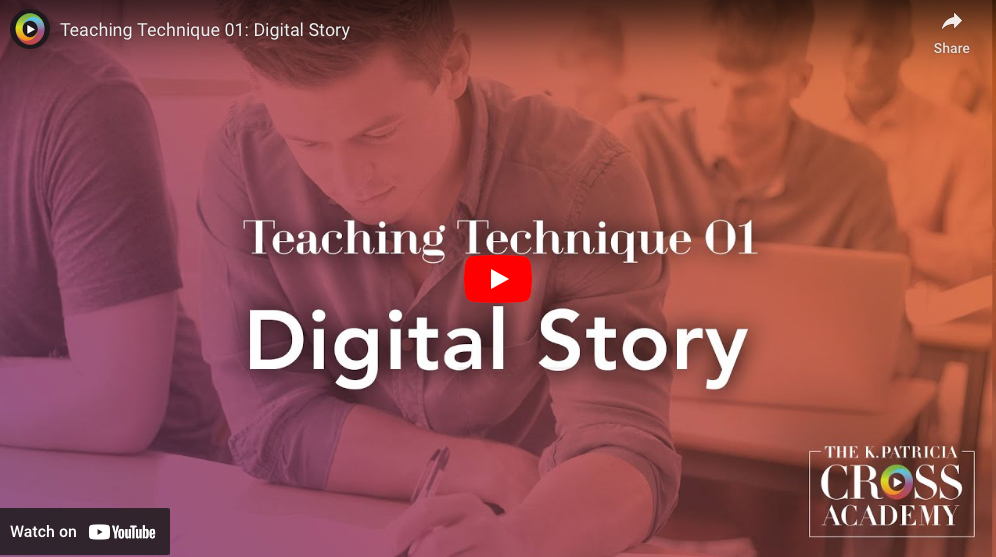
- In a microlearning context, students can be asked to create a 1–2 minute digital story focused on a single course concept or real-world application. For example, in a health sciences course, a student might narrate a short story about a patient experience that illustrates a key ethical principle. This technique encourages students to deeply engage with one idea at a time and use multimedia purposefully, supporting Mayer’s principles (2001) and preventing overload. It also promotes creativity and relevance while reinforcing course outcomes in a manageable, bite-sized format.

Microlearning is a useful learning strategy that helps meet the needs of students living in a networked world. By creating short, focused, and flexible learning experiences, you can strive for course content that avoids cognitive overload and clearly aligns with learning outcomes.
When successfully implemented, microlearning can support accessibility and promote learner satisfaction.
Practical tools and strategies, such as those from the K. Patricia Cross Academy, can help you avoid common pitfalls and create purposeful, student-centered content. As teaching continues to evolve alongside technology, microlearning offers a sustainable and research-informed approach for helping students retain the course content that matters most.
Suggested Citation
Gutenson, L. D. (n.d.). Learning in a networked world: The promis of Microlearning. CrossCurrents. https://kpcrossacademy.ua.edu/learning-in-a-networked-world-the-promise-of-microlearning/
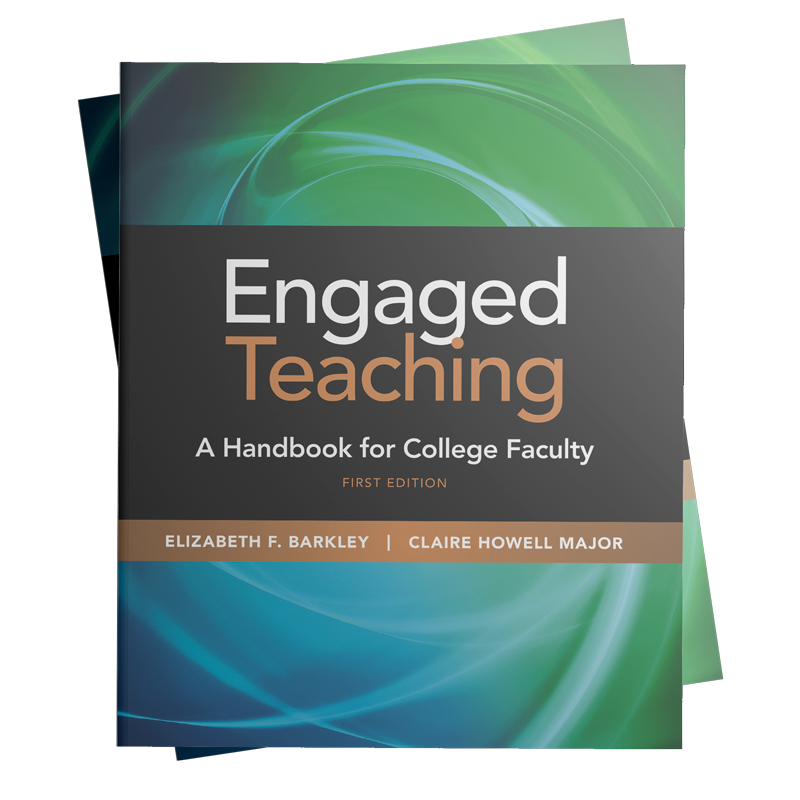
Engaged Teaching
A Handbook for College Faculty
Available now, Engaged Teaching: A Handbook for College Faculty provides college faculty with a dynamic model of what it means to be an engaged teacher and offers practical strategies and techniques for putting the model into practice.
